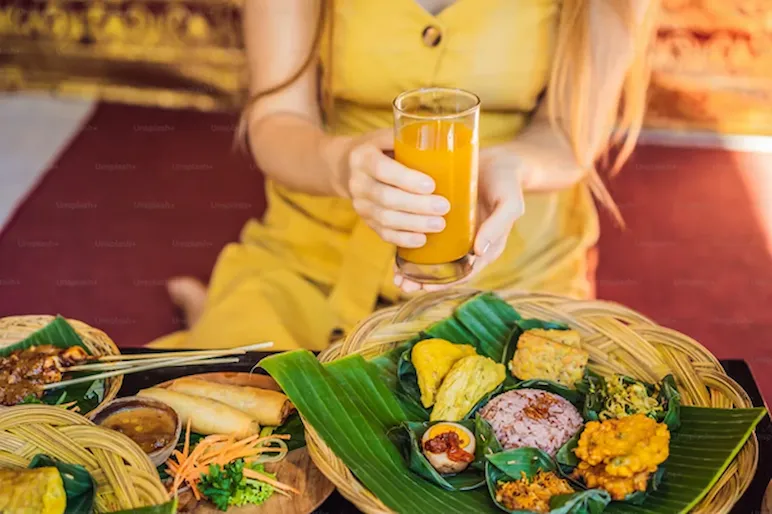Nestled serenely atop the lush Bukit Andakasa in Karangasem, Bali, Pura Luhur Andakasa is more than just a place of worship—it is a gateway to the spiritual cosmos, a testament to Bali’s ancient cosmology, and a living relic of the island’s profound Hindu traditions. Revered as one of the Sad Kahyangan Jagat (the six sanctuaries of the world), Pura Luhur Andakasa holds a vital role in the spiritual and cultural landscape of Bali.
Revered as one of the Sad Kahyangan Jagat (the six sanctuaries of the world), this sacred temple holds a vital role in the spiritual and cultural landscape of Bali.

The Cosmic Symbolism
The name “Andakasa” is derived from the ancient Sanskrit-Balinese cosmological concept “Andabhuwana,” which translates to “the Egg of the Universe.” In this belief, the universe is envisioned as an enormous cosmic egg—round and encompassing—symbolizing creation, life, and cosmic balance. This metaphor illustrates a profound understanding by Bali’s ancestral sages of the Earth's round shape long before the arrival of modern science.
Pura Luhur Andakasa is believed to represent the cosmic womb, from where divine creation emanates. This links directly to the deity worshipped here—Dewa Brahma, the god of creation in the Hindu Trinity (Tri Murti). The temple thus becomes not only a site of spiritual practice but also a symbolic center of the utpatti (creation) phase of the universe.
A Great Significance
Pura Andakasa is positioned in the southern quadrant of the island, which, according to the Padmabhuwana and Catur Lokapala systems, is the realm of Dewa Brahma and the elemental force of fire. This makes it a crucial spiritual protector in Balinese directional cosmology, tasked with guarding against negative energies from the southern direction.
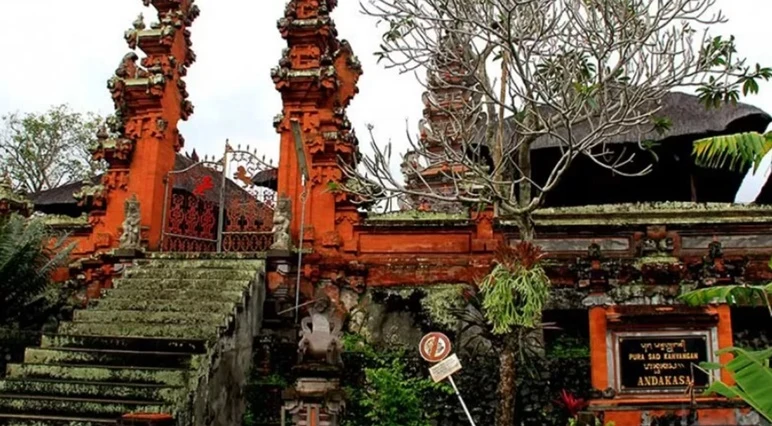
Moreover, Pura Andakasa is unique in its triple status—it is simultaneously classified as a Kahyangan Jagat, a Tri Kahyangan Agung, and one of the Sad Kahyangan, making it a central node in the spiritual architecture of the island.
Historical Traces
Although its exact founding date remains unclear, local traditions and ancient lontar manuscripts such as the Kusumadewa suggest that the temple was established during the 11th century by Mpu Kuturan, a revered spiritual reformer who played a central role in shaping Balinese Hinduism. His influence during the reign of King Udayana and his successor Anak Wungsu was instrumental in building temples that unify various sects and local belief systems.
Adding to its historical richness, the temple grounds contain archaeological relics such as stone statues (arca) believed to date from the 17th to 18th century. Furthermore, a copper inscription discovered at the site, although not directly linked to the temple, indicates the long-standing administrative and cultural relevance of the area.
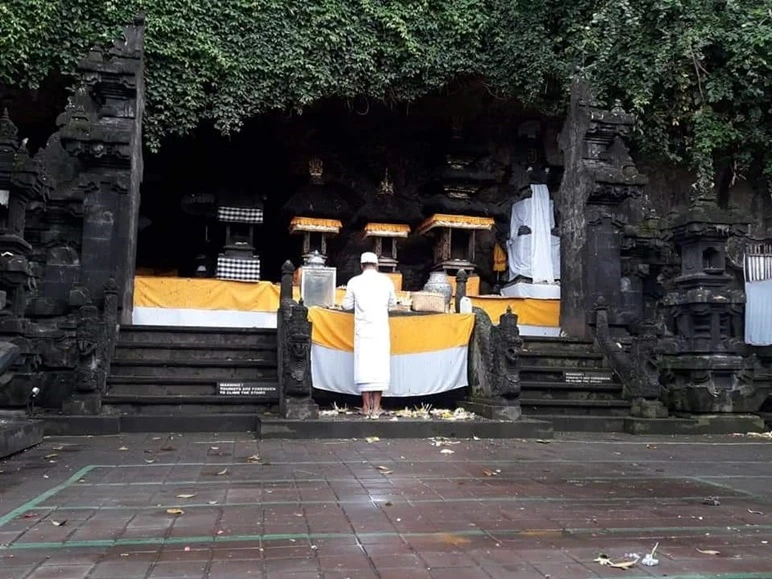
A Pilgrimage Sanctuary
Situated approximately 200 meters above sea level in Banjar Pakel, Desa Gegelang, the temple is a sanctuary not only for prayers but also for spiritual reflection. The location offers panoramic views of Bali’s eastern coastline and the green hills of Karangasem, creating an atmosphere of tranquility that enhances the spiritual experience.
For Balinese spiritual practitioners, especially balian (traditional healers), pemangku (temple priests), and those seeking taksu (divine charisma), Pura Andakasa is a revered site to seek blessings and heightened spiritual energy. The aura of purity and the quietude that surrounds the temple make it ideal for meditation and inner journeys.
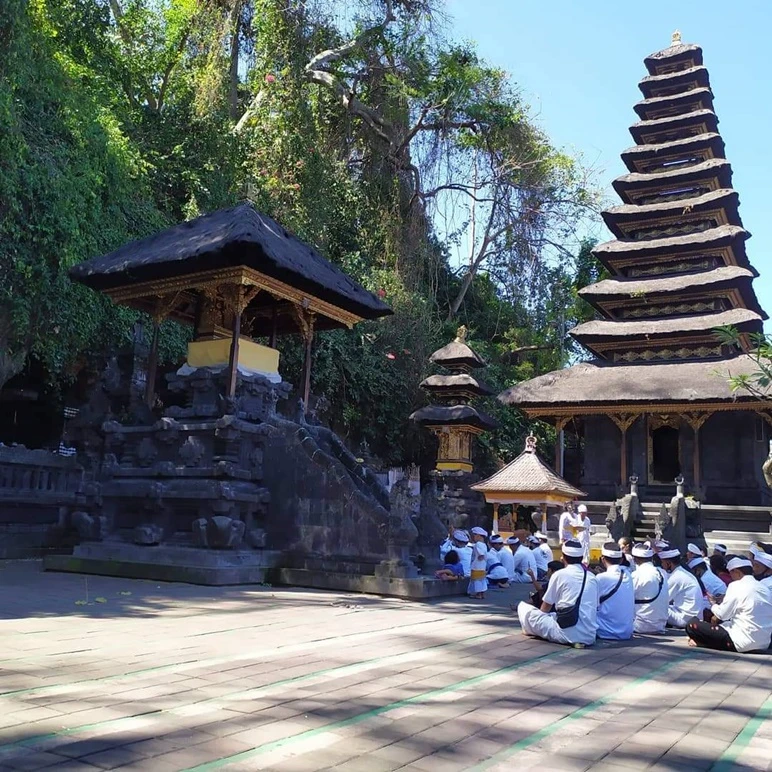
Sacred Architecture and Protocols
Built in the traditional Balinese tri-mandala layout, the temple features three sacred zones: Utama Mandala (inner sanctum), Madya Mandala (middle area), and Nista Mandala (outer area). Access to the inner sanctum is restricted, particularly for women who are menstruating or those in a state of mourning, in line with Balinese customs on purity.
Visitors are required to wear sarongs and sashes, and maintain respectful conduct. During major ceremonies, particularly the piodalan which occurs every 210 days on Anggara Kliwon Wuku Medangsia, the temple becomes a vibrant hub of spiritual activity, adorned with offerings, prayers, and cultural performances.
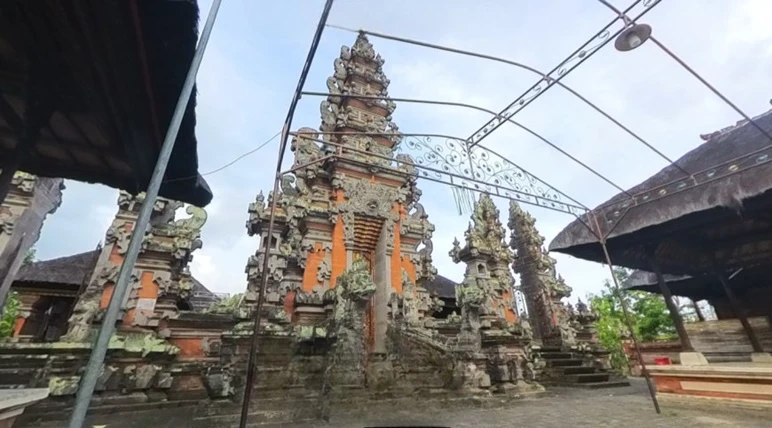
Pura Luhur Andakasa is accessible via a scenic two- to three-hour drive from Denpasar. The road to the temple is well-maintained up to the main parking area, after which visitors must ascend a flight of stairs to reach the main temple complex. While the climb can be challenging, the reward at the summit—both visually and spiritually—is well worth the effort.



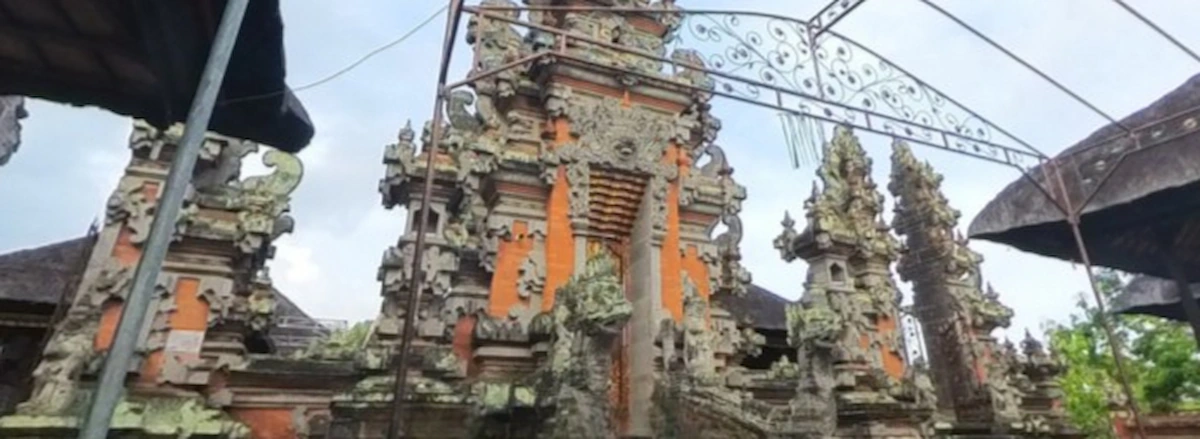
 Billy Bagus
Billy Bagus
 Jun 02, 2025
Jun 02, 2025



